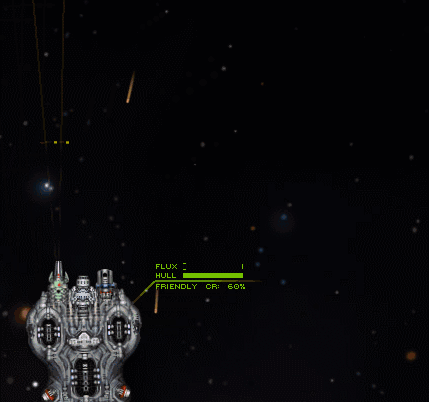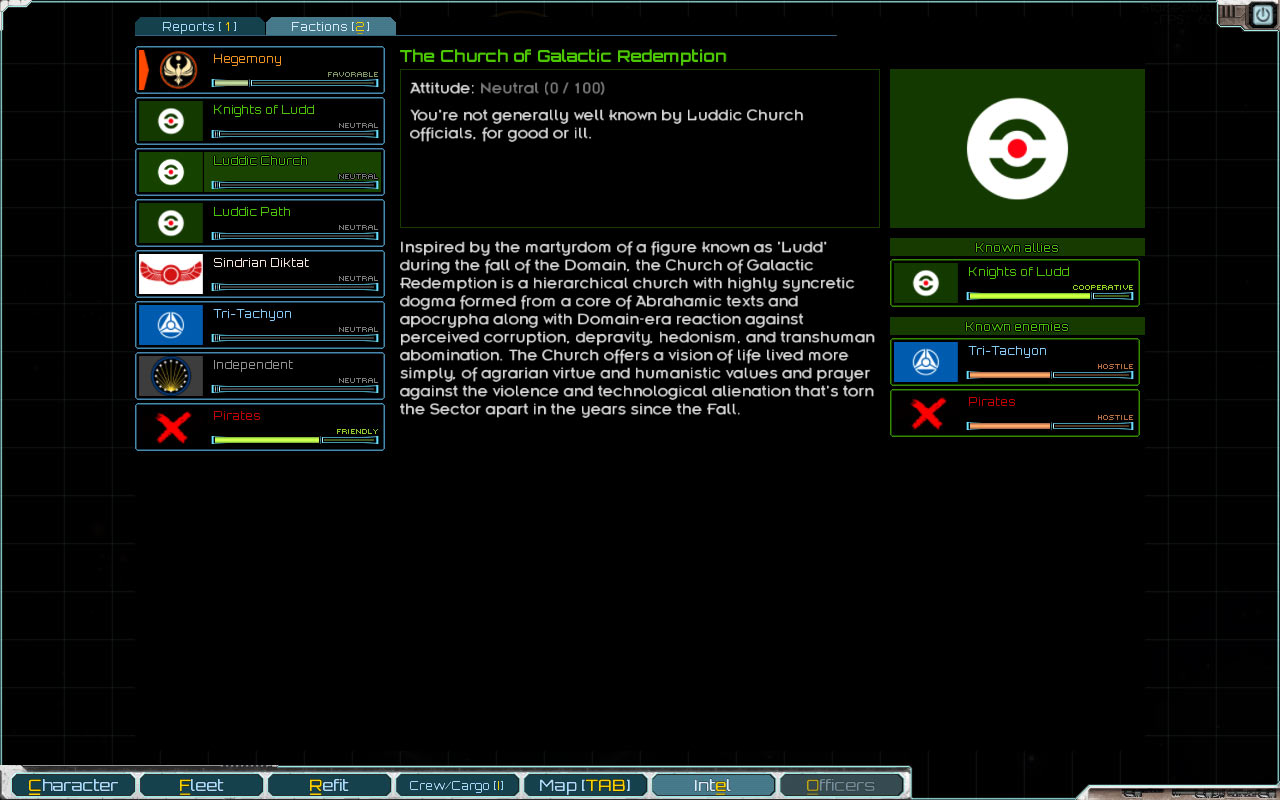The next major release is going to let you create custom ship loadouts. These include picking from a large variety of weapons – 47 and counting, as of this writing. But if you’re going to pick weapons intelligently, you need to know what they do.
Weapon Lore
Cold, hard numbers are great when you’re comparing the finer points, but for an initial “just what is this” moment, you need a description. Therefore our resident lore master, Ivaylo, has been working night and day (or so he tells me) writing them. I thought I’d share a couple.
Heavy Machine Gun
Primary role: point defense
Mount size: medium
A workhorse of patrol craft across the sector, this weapons system features a reliable, centuries-old blowback firing mechanism. Safety features include a positive cook-off safety for open bolt clearing and double ram prevention. The weapon is typically mounted on a relatively heavy base to help absorb recoil during prolonged bursts of fire. Calibers vary, but are usually in the 17-20mm range. The heavier projectiles do not shatter upon impact like lighter ammunition and present a credible threat to frigate-class vessels. Extremely accurate, though slower-firing than a vulcan cannon.
Sabot SRM (Short Range Missile)
Primary role: close support
Mount size: small
Sabot-class class missiles are short-range, two-stage KE weapons. A guided missile first stage projects a secondary assembly to within striking distance of a shielded target. A targeting computer then ignites the propellant for the KE penetrator. This “sabot,” as it is commonly called, is typically a narrow, laterally stabilized projectile manufactured from an ultra dense material such as depleted infernium. Excellent at bringing down enemy shields and causing an overload. Standard ship armor is spaced and thus the damage the sabot causes is largely contained if it gets through the shields.
“Mjolnir” Micro-singularity Cannon
Primary role: assault
Mount size: large
A very advanced design, the Mjolnir is technically a magneto-gravitic shell projector, not a standard cannon. The micro capacitors within each shell are able to deliver enough energy to create a localized singularity with a Schwarzschild radius of 1.8 millimeters. The built-in gravitic lens devastates all nearby matter, especially dense objects.
Weapon Roles
A key bit of information when checking out a new weapon is its primary role. Most weapons are useful in a variety of situations, but the primary role reflects the weapon’s intended design and ideal circumstances for its use.
Assault
The weapon has a high damage output, but limited range. Assault weapons are usually good on well-armored ships that can afford to take a beating to dish one out – or on faster ships that are hard to hit.
Close Support
The weapon has a good range (generally, up to 2x that of assault weapons), but is limited in some way – overall damage output, ammunition, rate of fire, etc. Depending on the specific limitations, close support weapons excel in many situations ranging from harassment to delivering a killing blow against an exposed enemy.
Point Defense
The weapon has a sophisticated targeting system that allows it to automatically target enemy missiles. Other common characteristics (such as a high turret slew rate) make point defense weapons good against fighters as well.
There are several other roles – strike and fire support, to name two – but I’ll let you guess what they are. The first person to guess correctly wins a prize, which is the satisfaction of being the first to guess correctly and winning a prize.
























